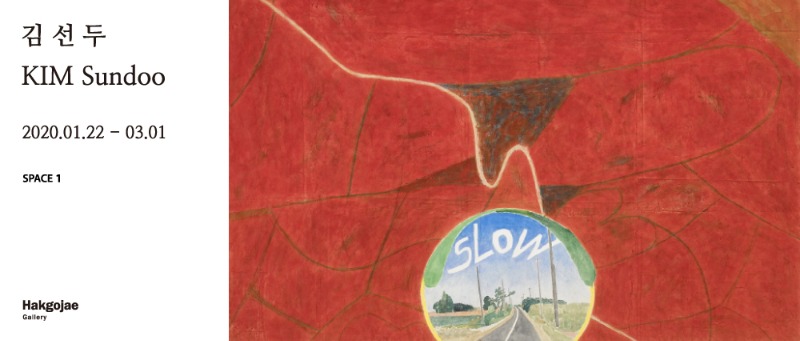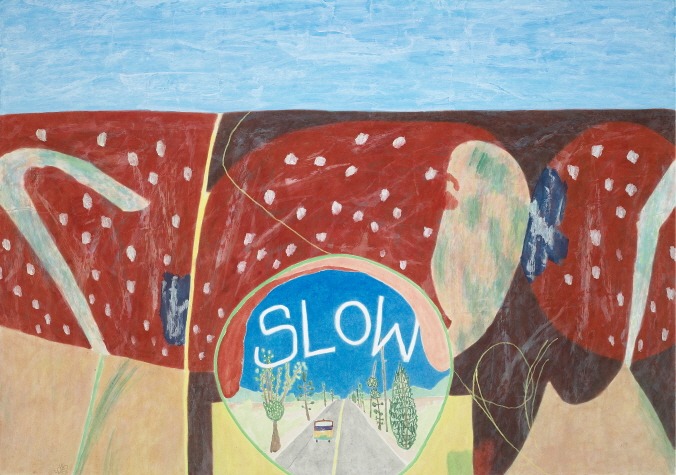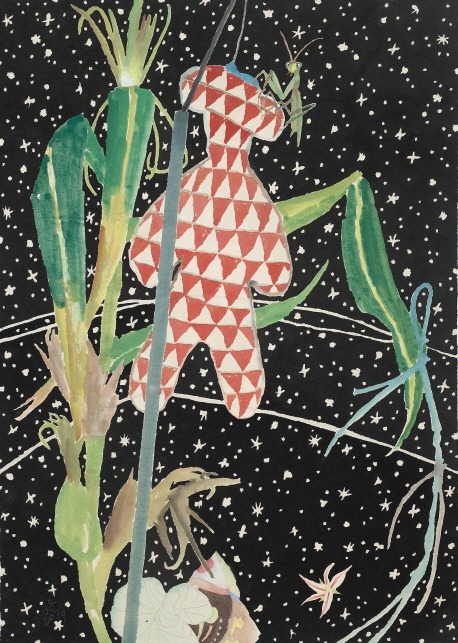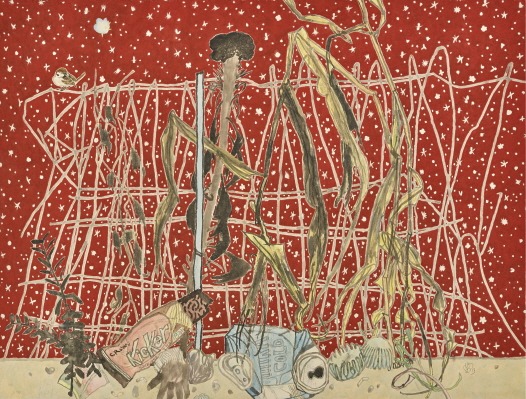
| Period| | 2020.01.22 - 2020.03.01 |
|---|---|
| Operating hours| | 10:00-18:00 |
| Space| | Hakgojae Art Center/Seoul |
| Address| | 50, Samcheong-ro, Jongno-gu, Seoul, Republic of Korea |
| Closed| | Mon |
| Price| | Free |
| Phone| | 02-720-1524 ~ 6 |
| Web site| | 홈페이지 바로가기 |
| Artist| |
|
정보수정요청



|
|
Exhibition Information




With the advent of conceptual art since the mid-60s, it was very difficult to understand the slogan of "daily art" in the art world, and when countless artists, along with the trend of postmodernism in the 80s, began to speak as if life itself was art rather than talking about the special value of art. If you say that every act and gesture of life is returned to artistic value as it is, it seems that the ultimate utopia has been achieved, but the fact is that the value itself disappears, so even the artistic act becomes meaningless. Another question that comes along is that the distinction between everyday and art in terms of concept is still there at best. Therefore, to say that everyday is art, the methodological question of how to acquire artistic value was first to be addressed. Kim Sun-doo's work has reignited these old questions. These stories appear in the Slow Scenery series. A slow view is a landscape that can only be seen when you slow down and look. In the Slow Scenery series, he compares the speed of our lives to the speed of our cars. Thus, in the Slow Scenery series, the speed of a car is not the physical speed, but the symbolic speed and time that the reflections left out to the environment are excluded. If we call it the speed of our daily lives, Kim Seon-doo believes that this speed does not give us the opportunity and opportunity to reflect on the world of truth about life. Thus, in a world I face at a speed that I consciously do not reflect on, it is not the total truth that implies cause and effect, but only the fragmentary end purpose. This perception is only possible when looking at both daily and daily deviations at the same time. Furthermore, it is only possible if the deviation becomes the daily routine and the conversion of perception into which the daily life becomes the deviation is made again is free. Kim Sun-doo tells the story of the world when such a transition is possible in the Star series. The twinkling things, the beautiful things, are not fixed in fixed form, but they can taste the peak of their beauty when they feel the sparkle, when they feel the beauty. The moment when you feel sparkle or beauty is the moment when you experience a change of perception. So Malaga says that the truth of life shines out when I feel why they exist and the meaning of my relationship in pumpkin vines, roadside ivories, and scarecrows. The power to understand the truth behind things comes from owning an eye that looks at them simultaneously from the relative perspective of "stop," "slow," "departure" and "potential." Deviation is therefore transcendent. To see the relative world at the same time, you should not be bound by any relative perspective. Therefore, Kim Seon-doo says, "In the world of value," a method in which a human being who can live only on "value" can have an insight into the non-value disguised as value is to secure a transcendent view of the world of relative values at the same time. For him, the practice of securing that transcendent gaze is the avant-garde of "slow" or "stop." "Avantgarde of Stop and Slow" excerpt | Kim Baek-kyun, a professor at Chung-Ang University.
